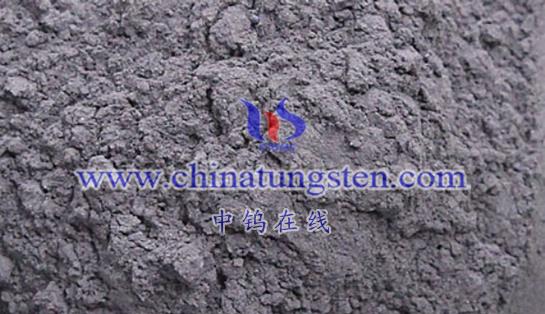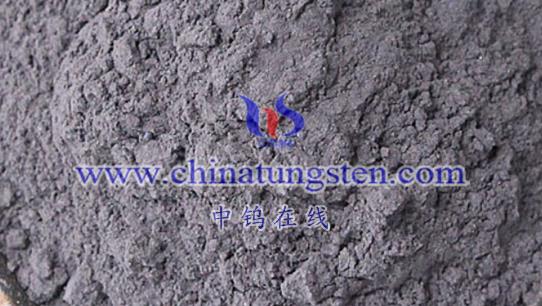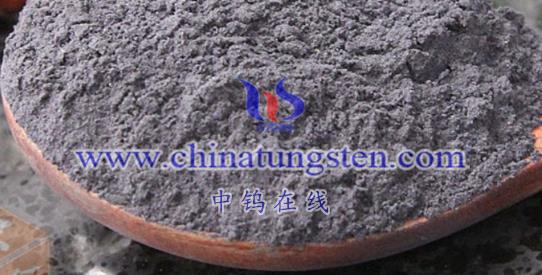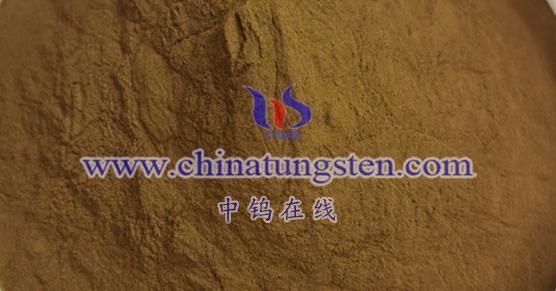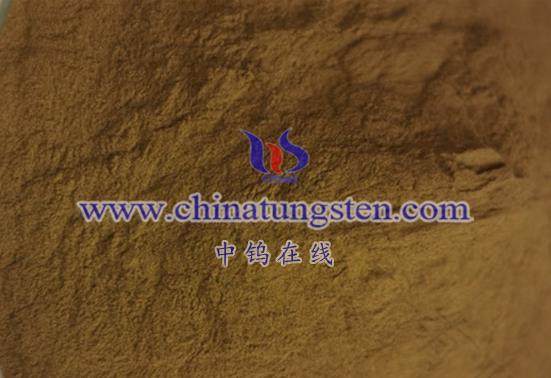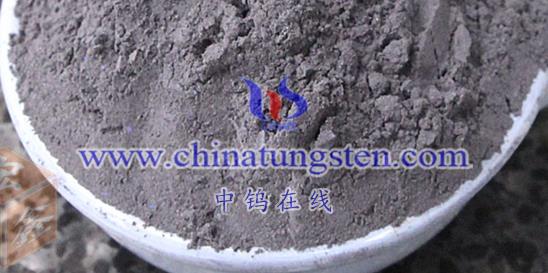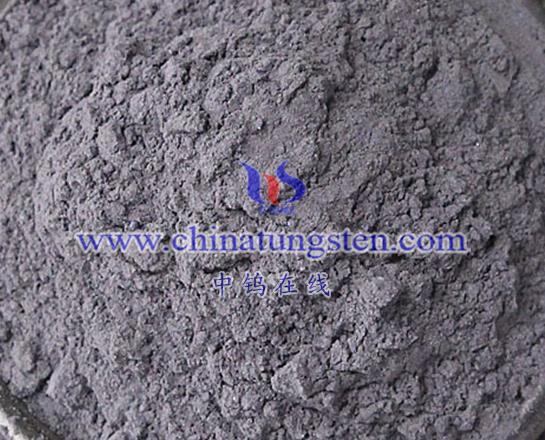
The photocatalytic mechanism of nano tungsten oxide (especially nano tungsten trioxide, WO3) is primarily based on the photoelectric effect and chemical reaction processes inherent to semiconductor materials. Here is a detailed explanation of the photocatalytic mechanism:
- Semiconductor Band Structure
Nano tungsten oxide is a semiconductor material, and its band structure is composed of a lower energy valence band (VB) and a higher energy conduction band (CB). The region between the two is called the band gap or forbidden band. The width of the band gap is a key parameter determining if a material is a semiconductor. For nano tungsten oxide, the band gap is moderate, enabling it to absorb light effectively in both the visible and ultraviolet regions.
- Generation of Photoexcited Electron-Hole Pairs
When light irradiates the surface of nano tungsten oxide, and the energy of the light is equal to or greater than its band gap, electrons in the valence band are excited and transition to the conduction band, leaving holes in the valence band. This process generates photoexcited electron-hole pairs within the semiconductor. The photoexcited electrons have strong reduction capabilities, while the holes possess strong oxidation abilities.
- Oxidation-Reduction Reactions
The photoexcited electrons and holes can engage in redox reactions with substances adsorbed on the surface of the semiconductor, such as water (H2O), oxygen (O2), or pollutant molecules. For example, photoexcited electrons can reduce hydrogen ions in water to produce hydrogen gas, facilitating water splitting for hydrogen production. Meanwhile, the holes can react with hydroxide ions (OH-) in water to produce highly oxidative hydroxyl radicals (•OH), which can further react with pollutant molecules, breaking them down into harmless smaller molecules.
- Influencing Factors
The photocatalytic performance of nano tungsten oxide is influenced by various factors, including its morphology, size, crystalline phase, and surface modifications. For instance, nanostructured tungsten oxide has a larger specific surface area and more active sites, which enhance the separation and transportation of electron-hole pairs. Additionally, doping or combining nano tungsten oxide with other materials can modify its band structure, improving light absorption and the separation efficiency of photo-generated charge carriers. Surface modification can also enhance properties such as hydrophilicity and adsorption, further boosting its photocatalytic performance.
- Practical Applications
Based on this mechanism, nano tungsten oxide has a wide range of applications in the field of photocatalysis. It has shown promising results in water splitting for hydrogen production, photocatalytic degradation of organic pollutants, air purification, carbon dioxide conversion, and self-cleaning surfaces.
Conclusion
The photocatalytic mechanism of nano tungsten oxide is primarily rooted in its semiconductor band structure and photoelectric effect. Through the generation of photoexcited electron-hole pairs and subsequent redox reactions, it facilitates various photocatalytic processes. This mechanism provides the theoretical foundation and technical support for its applications in photocatalysis.
More details of tungsten oxide product, please visit website: tungsten-oxide.com
Please contact CHINATUNGSTEN for inquiry and order of tungsten oxide:
Email: sales@chinatungsten.com
Tel.: 86 592 5129595
